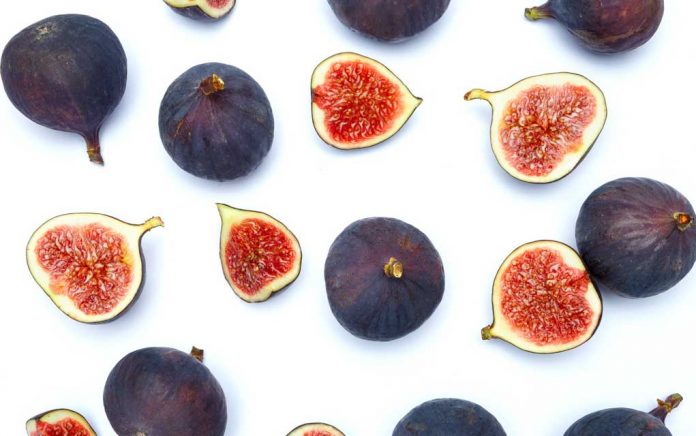
Are you dragging yourself around, struggling to find enough energy to complete your daily tasks? If so, you might have an iron deficiency.
The Role of Iron in the Body
Most people are aware that we need the mineral iron to have adequate energy levels, but iron plays other important roles in our body too, including red and white blood cell production, resistance to stress, proper immune functioning and the metabolizing of protein, among other things. Iron is also a key constituent of enzymes within the immune system cells that attack foreign invaders such as bacteria, fungi and viruses to neutralize them before they can cause disease in your body.
Type of Iron
There are two types of iron: heme and non-heme. Many nutritionists advise people to obtain heme iron from meat sources such as red meat, liver, poultry and fish, as they suggest it is better absorbed. While that may be partly true, red meat, organ meat and poultry sources of iron typically contain excessive hormones, saturated fats, antibiotics and other substances that may negate their value. And, that doesn’t even factor in the environmental issues linked to regular red meat consumption.
Some of the best vegetarian (non-heme) sources of iron include: prunes, raisins, figs, apricots, bananas, walnuts, pistachios, hazelnuts, kelp, beans, lentils, dark leafy greens, asparagus, buckwheat and peaches. Incidentally, most of these foods also contain vitamin C, which helps with the absorption of iron in the body.
Signs and Symptoms of an Iron Deficiency
There are many signs and symptoms of an iron deficiency. It is not necessary to have them all to have a deficiency in this essential mineral. Conversely, there are many other conditions that have overlapping symptoms so if you have any of these signs you should consult with your physician. The most common symptoms of an iron deficiency include:
Anemia (this is sometimes due to a folic acid or vitamin B12 deficiency)
Breathing difficulties
Brittle or soft nails or vertical ridges on the nails
Chronic fatigue
Cravings for ice or a tendency to eat ice
Intolerance to cold
Lack of stamina or endurance
Nails that are flat or concave (curved in like spoons)
Pale fingernails
Pale skin
Poor attention span
Weakened immune system
Supplement Considerations
Iron is found in many vitamin and mineral formulations, including a number of one-a-day formulas. The most common form of iron is iron sulfate, which is cheap and can be irritating to the digestive tract. Some of the preferable forms include: iron glycinate, iron fumarate and iron gluconate, because they not only cause less digestive irritation, they are also less likely to cause constipation.
While the toxicity of iron is low, it is best not to exceed recommended intakes. Pregnant women, menstruating women, growing children and anemic individuals tend to have higher needs of this mineral.
The Recommended Dietary Allowances (RDAs) of Iron are:
Children 7 to 12 months: 11 mg/day
Children 1 to 3 years: 7 mg/day
Children 4 to 8 years: 10 mg/day
Children 9 to 13: 8 mg/day
Females 14 to 18: 15 mg/day
Females 19 to 50: 18 mg/day
Females 51+: 8 mg/day
Females (breastfeeding): 9 to 10 mg/day
Males 14 to 18: 11 mg/day
Males 19+: 8 mg/day
Some studies indicate that excessive levels of iron can increase the risk of heart disease and heart attacks while others do not confirm these results. However, if a person has an iron deficiency, it needs to be addressed.
This post originally appeared on Care2.com.










